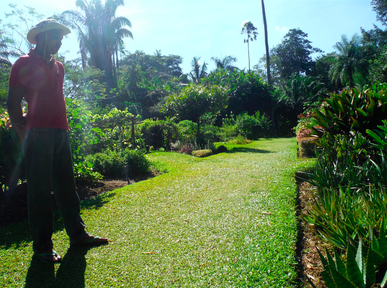
Since the laptop is my only way to work and earn a humble living, I was understandably freaked out. But in the past when I’ve had technical difficulties, my fear about the situation frothed into a panic, where I was literally sick with anxiety.
But this time I was strangely resigned to the fact that I wouldn’t be able to fix my laptop, couldn't work, I’d get fired by all my clients, go broke, and resort to living under a bridge where I'd sing hobo songs and eat fried grasshoppers every night.
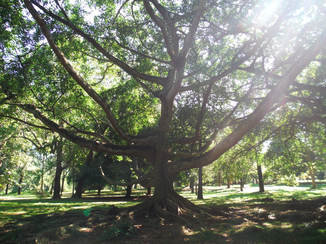
Villa Herbarium was neatly laid out in the shade of a grove of palm trees, a healing garden and natural medicine center for just about every ailment you could imagine. The center’s guide walked me from station to station, pointing out the plants and explaining their healing properties. He pulled a few leaves off of some plants and crushed them up in his hands for me to smell.
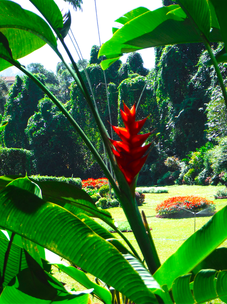
So he spread some on my arm and instructed me to leave it there and let it dry for 5 minutes. We continued the tour with the lotion on my arm, and after a while he grabbed a water bottle and a rag and cleaned it off my arm. To my amazement, there was a patch of completely hairless skin. It didn’t burn – it didn’t even tingle – and there was no redness or irritation at all. I was pretty impressed, and listened intently to the rest of his tour.
Side note: Damn I have some monkey-ass Ben Stiller arms.
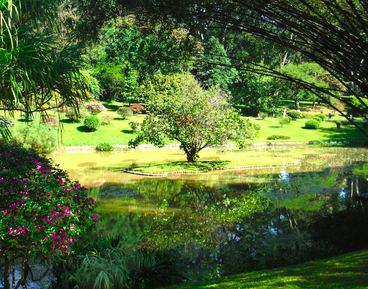
Here are some of the high points, with the main ingredient listed:
Citronella oil.
A natural herbal insect repellent.
Sandalwood oil and aloe creams.
Cures wrinkles, dry skin, acne, eczema, dermatitis, and rejuvenates and smooths the skin.
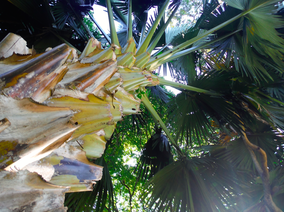
Treats tooth pain, ear pain, and bad breath.
King coconut oil.
Promotes growth and health of hair. (Many women use it to help their hair grow long. I asked him if it would cure baldness and he said yes and showed me that he used it himself to grow hair. Then again, he had a patchy half-head of hair, but I don’t know if that’s a good thing considering where he started or a bad thing!)
Herbal balm.
Natural analgesic against aches and pains, sinus problems, cough, and cold.
Siddartha oil (red oil).
Serves rheumatism, lumbago, arthritis, gout, and joint and muscle pains.
Sihini Slim Drops.
Made of lime extract but also bees honey, pineapple extract. A glass of water with a few drops before breakfast and in 30-60 days you’ll lose a lot of weight naturally, especially around the belly.
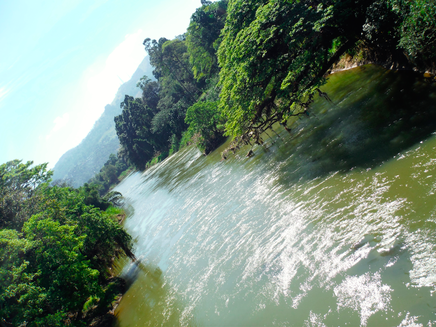
I think this is made from green chili plants, and is effective in treating migraines, sinitus, and head congestion. He said it was particularly effective in curing hangovers, because a few drops of this oil massaged into the head and your whole head will start to clear.
Kamayogi.
This herb is used to cure erectile dysfunction, impotence, and promotes sexual energy. “You drink this you have happy wife!”
Ashokaristaya tonic.
Cures menstruation disorder and promotes feminine health.
Needra.
Helps cure insomnia and sleep disorders.

It’s important to remember that these aren’t some gimmicky miracle snake-oil cures; natural healing using what’s around us in nature has been going on as long as there were human beings until the industrial age when western medicine tried to replace it all with chemicals and synthetic drugs with terrible side effects.
In fact, Ayurvedic Medicine is one of the oldest and most revered medical systems in the world, dating back at least 3,000 years in India. This eastern medical practice doesn’t promote use of natural herbs, plants, spices, and minerals indiscriminately or exclusively, but as recommended by well trained and educated Ayurvedic doctors. They also use special diets, meditation, yoga, massage, and other treatments to promote total wellness of body, mind, and soul.
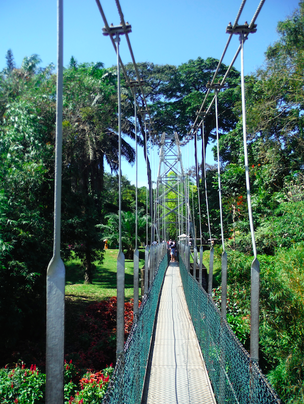
After departing the Villa Herbarium, I visited the botanical gardens for a few hours. It felt so good to walk among all of the trees and beautiful flowers, taking deep, meditative breaths and blurring the lines between myself and the natural spirit of the world around me. I even forgot about my broken laptop long enough to fully relax. Actually, I felt eternal gratitude that it broke because that's what freed me and led me to that space and time of fully being connected with nature. And just in case I did get fired and lost all my money, I scoped out a nice bush I could sleep behind in the gardens.
But do you want to hear something wild? I took the train from Kandy to Colombo, the main city, later that day, and then took an early morning flight to Phnom Penh, all without the use of my laptop. I landed in Phnom Penh late and got a good night sleep, and in the morning I was about to head out to a computer repair center when I tried to turn on the laptop one more time. It came to life, and works perfectly once again.
Norm :-)
Enjoy these photos from the day, and email me if you want a copy of that menu of natural medicine recipes I took with me.
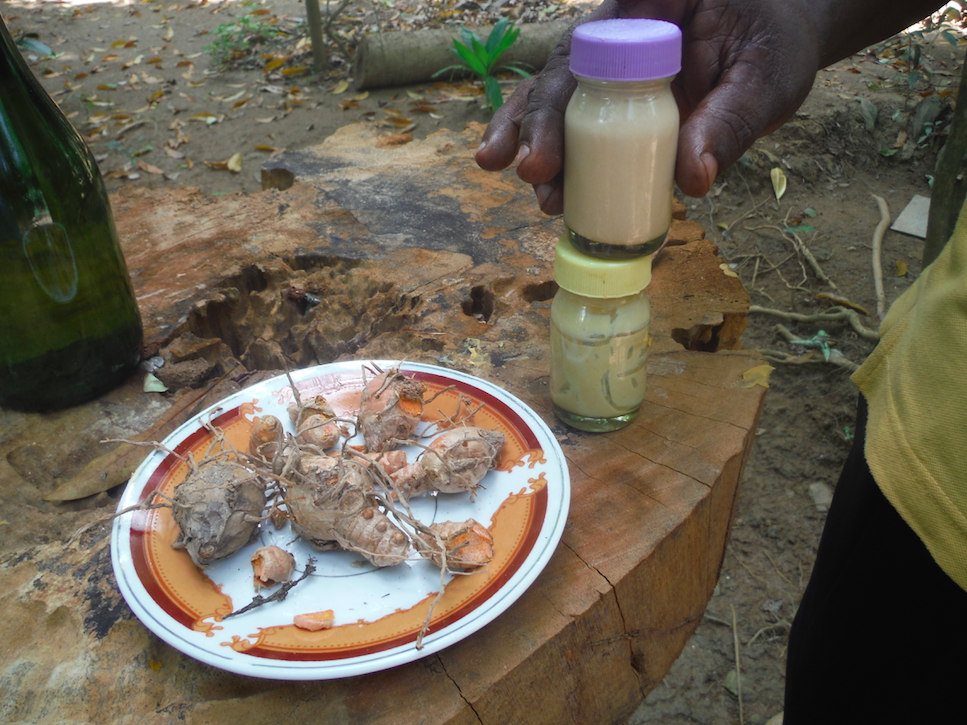
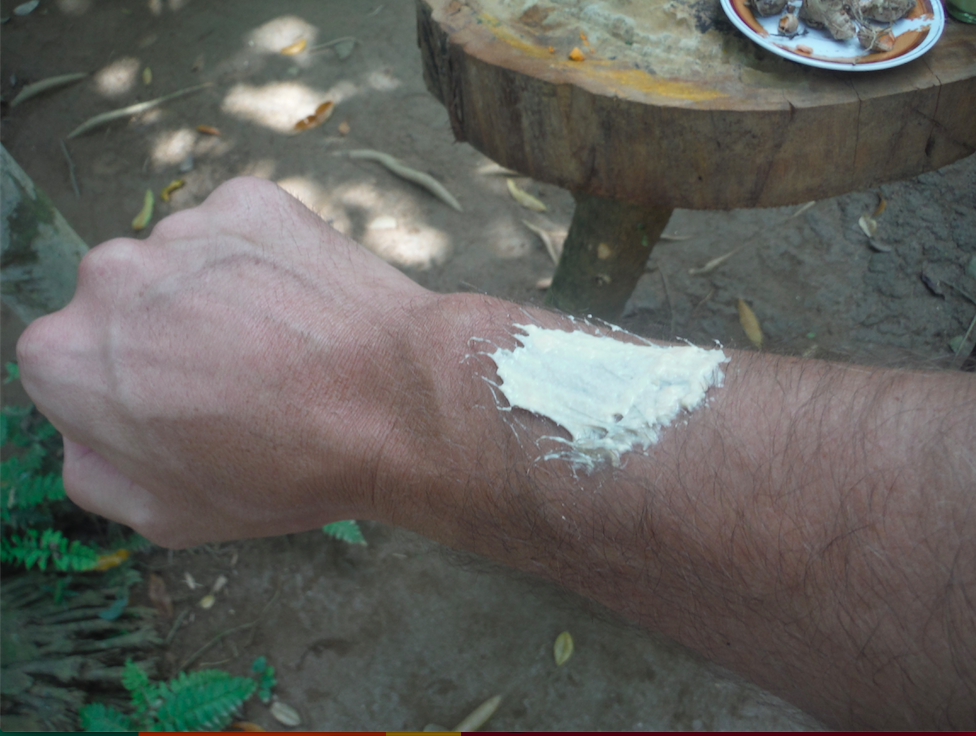
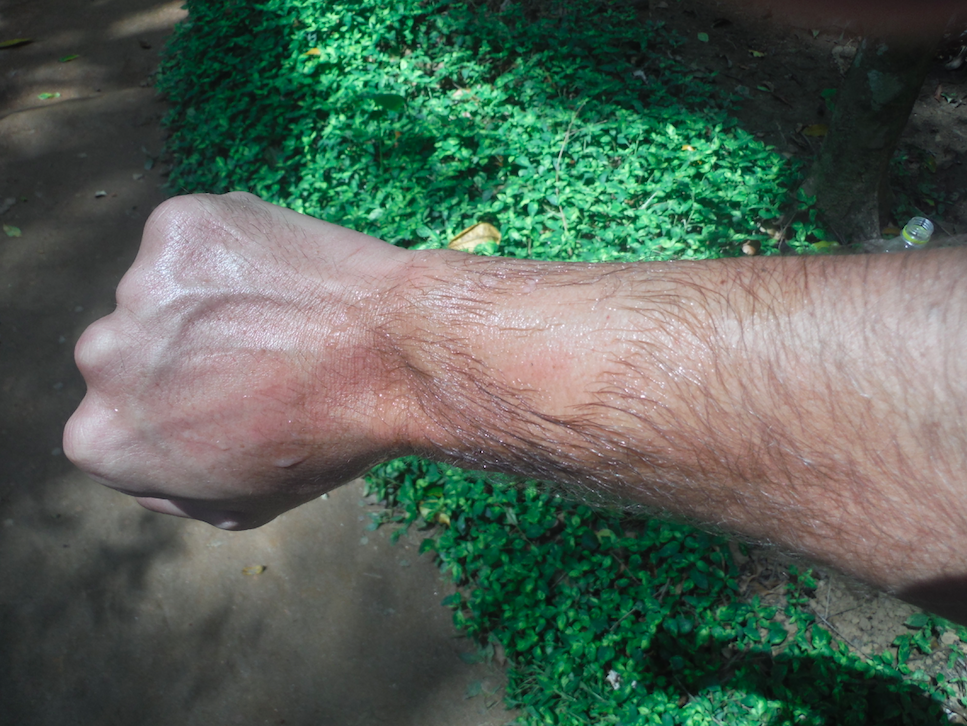
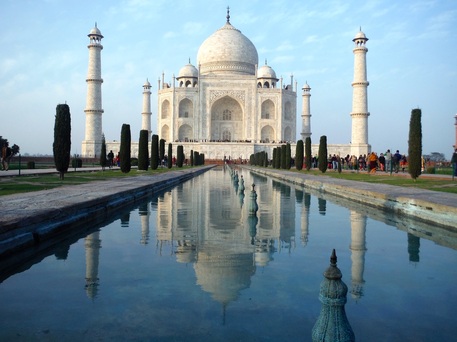
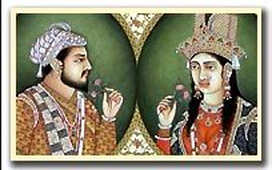
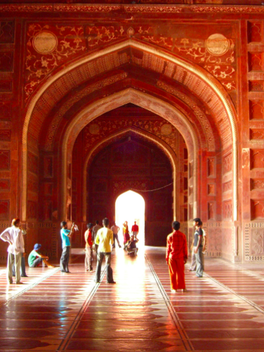
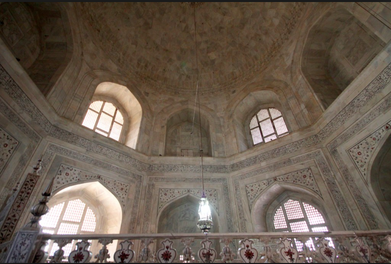
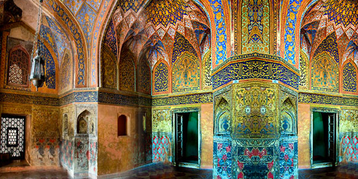
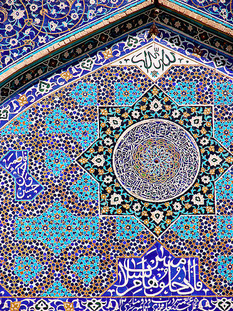
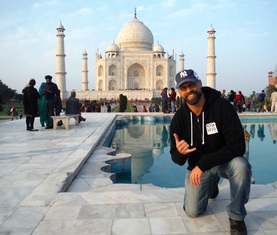
 RSS Feed
RSS Feed